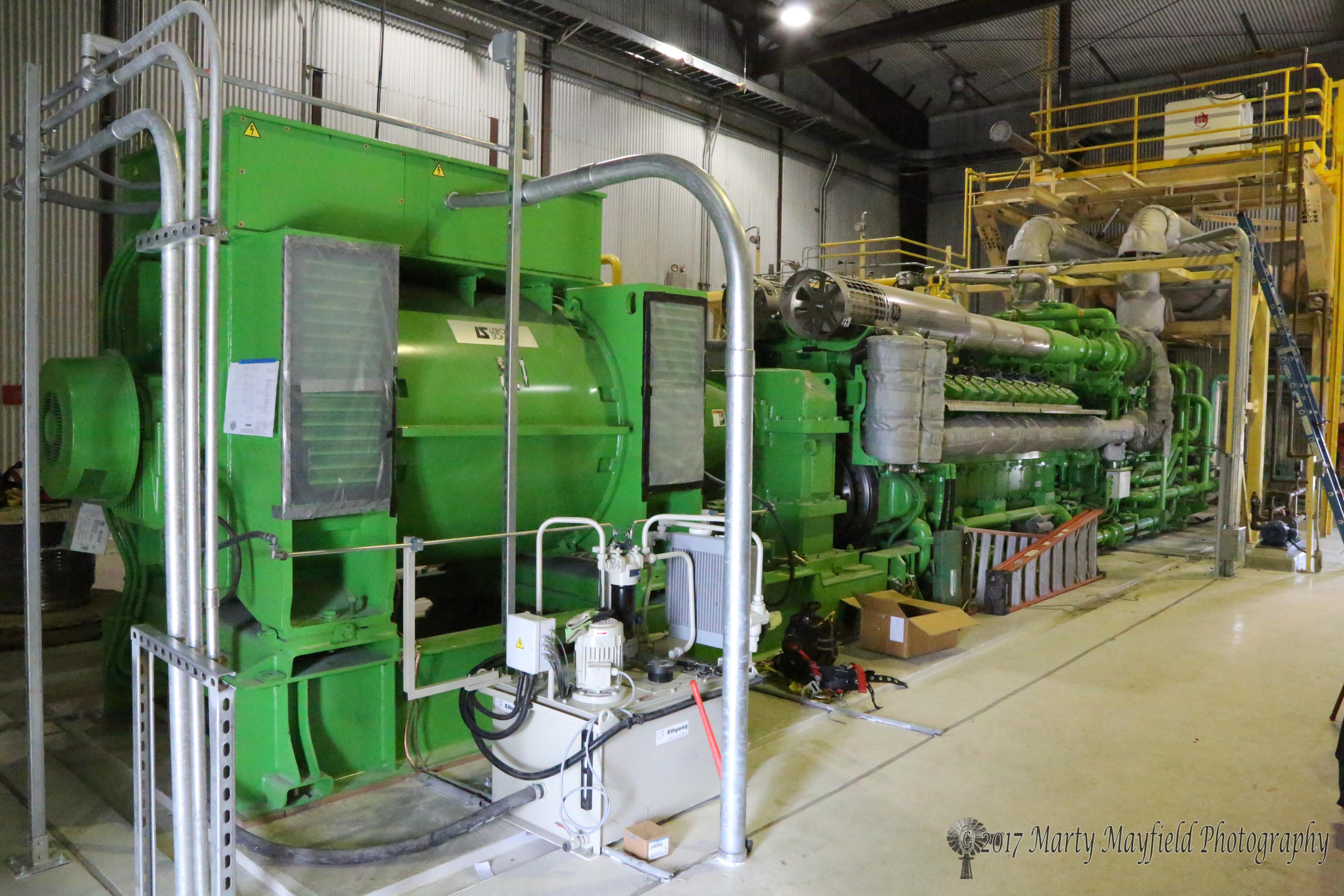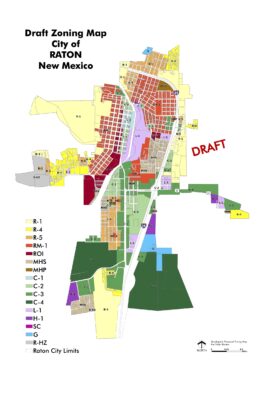By Marty Mayfield
KRTN Multi-Media
Raton Public Service was set up in such a way by its founders to protect the profits and capital that the company accumulates over the years in order to have funds available in case the worst case scenario came along.
RPS is a New Mexico Corporation with the City of Raton as the beneficial owner of all the capital stock. The City of Raton purchased the company in 1919 and established an independent franchise structure that has protected the electric utility from government overreach and political winds. The City Commission appoints three trustees who hold shares on behalf of the city while the board of directors consists of a five-member board with the mayor having an automatic seat and the commission selecting one additional commissioner to represent the city. The trustees then vote the shares for the remaining three board members. The board of directors has established a policy that provides for advisory members who sit as citizen advisors but have no vote.
RPS is governed by the City of Raton Ordinance No. 942 and in lieu of a franchise fee RPS provides electricity to the city for municipal use at no cost. The exception being energy that is taken for proprietary purposes where the city pays the actual costs.
Over the years different city commissions sought to either force RPS to pay the city its residual fees or even to go after the monies RPS had accumulated and placed into capital funds to refill its dwindling coffers. Yet the founding fathers knew this could happen and thus wrote the franchise in such a way to help protect from those aggressions.
While this may seem unfair to some it has the purpose to not only protect RPS but to help protect the ratepayers, who are the residents of Raton in case a catastrophe took place. Over the years an aging infrastructure has required RPS to look at upgrades and changes to the system. Over the last few years RPS has upgraded the distribution system by replacing poles and overhead wire. This has allowed RPS to increase the voltage on the different circuits to help with distribution losses and create a more uniform system and it was all paid for without going out for loans by the capital improvements fund.
Should a catastrophe occur, such as a tornado, severe ice storm or winds that downs poles and wire RPS can replace that infrastructure probably without going out for loans from its current reserves. RPS still owns the Burro Canyon line which several years ago, was estimated to cost about $1,000,000 a mile, at today’s cost it’s probably much more. Should RPS have to replace some of that line due to weather they would be able to pay for it with the capital monies the company has saved up, depending on the amount of line that is lost.
The method RPS uses for its revenues is called the Rate and Income Requirements and Disposition of System Revenues, commonly referred to as the bucket system, which was established to ensure the financial stability of the company. Revenues paid to the company are set aside into a special fund known as the City of Raton Electric Utility System Gross Income Fund, designated as the “Income Fund” from which monies shall be expended in the following priority:
Gross Income Account is the account used to pay current expenses.
Debt Service Reserve are funds required for debt service and bond reserves not to exceed one half of the annual service requirements.
Operation Reserve Fund is the cash reserves adequate to permit payment of the average cash expenses required for a 60-day period.
Reserve for Annual Overhaul is funds that are used to pay, in whole or in part, for periodic repairs and inspections.
Capital Improvements and Replacement Fund is money that is used to pay for, in whole or in part, the costs associated with additions, extensions and improvements to the electric utility system.
City of Raton Residual Funds are funds to be transferred to the city treasurer should there be any leftover funds after funding the above the accounts as designated by Ordinance 942 at the end of the fiscal year.
Recently the 7.5 megawatt Wartsila generator blew up and had to be replaced. The generator was covered by insurance but its replacement is only a 4.3 megawatt generator which was dictated in large part by the insurance company proceeds that RPS received which was $6.2 million, which was the full replacement cost of the Wartsila unit. The new GE Jenbacher generator will supply power to only part of Raton at a time. Raton has seen a max load of close to 12 megawatts in years past. Normally the load runs less than eight megawatts. Should RPS have used some of its capital monies to increase the size of that generator? At a cost of $1.4 million a megawatt the answer to that question is no. it would cost close to another $6 million to provide a generator that would be close to covering Raton’s needs and quite simply RPS doesn’t have that much money saved up and still maintain an adequate reserve.





